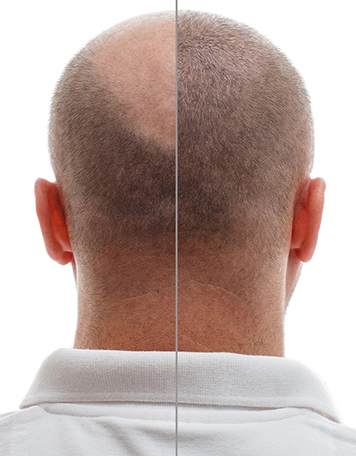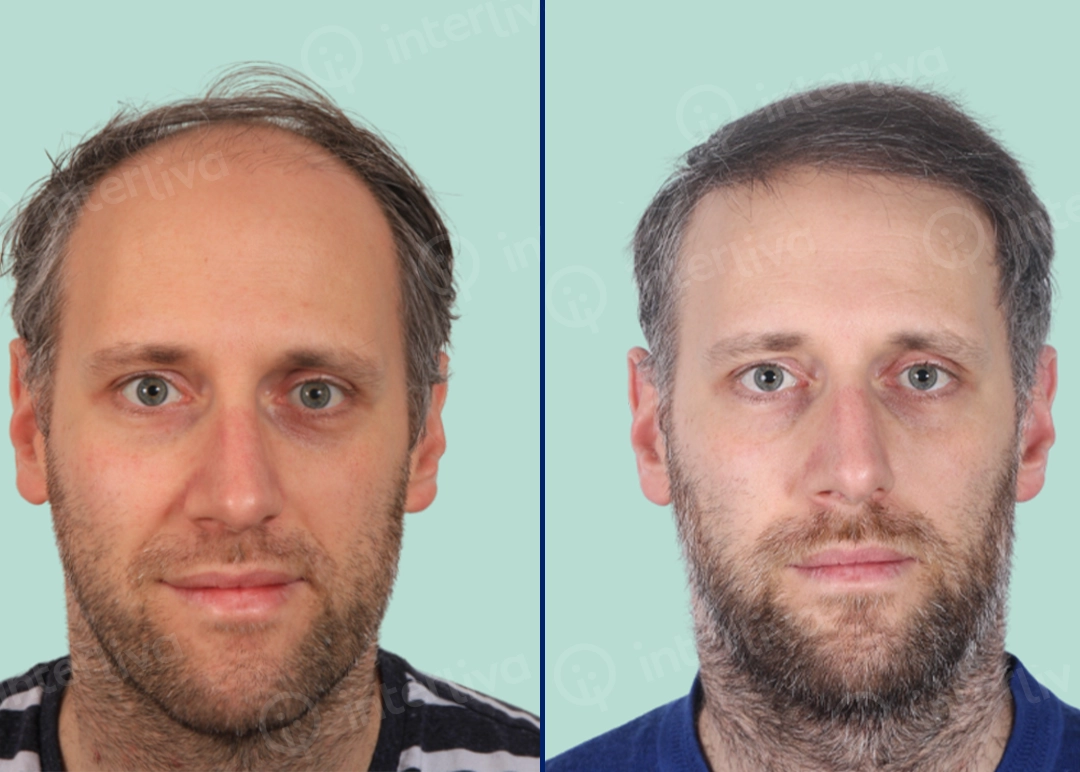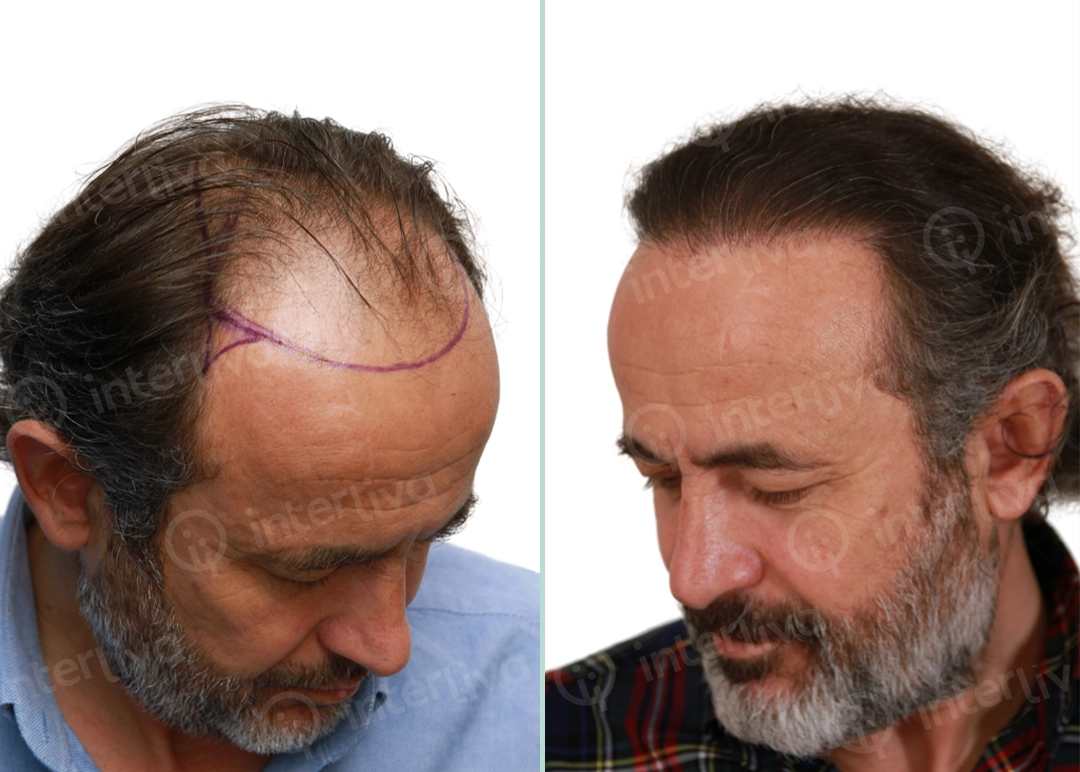FAT Hair Transplant

FAT hair transplantation is a unique treatment that takes hair transplantation to the next level by using stem cell technology. Follicular unit Autologous Transplantation- FAT is performed by processing the patient's own fat, enriching it with stem cells, and then performing hair transplantation with the FUE method.
FAT hair transplant is a personalized treatment. Everyone has different expectations. Whether you are an ideal candidate for FAT hair transplant surgery will depend on how much hair you have lost, the hairstyle you want, how much donor hair you have, and your hair type. In most hair loss, the main cause is male pattern baldness. This is caused by DHT ( dihydrotestosterone ) , which causes the hair follicles to weaken and fall out. This is called "pattern baldness" because most affected men have the same pattern of hair thinning and balding. The different types of shedding depend on how severely you are affected by hair loss. FAT hair transplantation, on the other hand, makes you regain your lost hair with stem cell treatment, which turns all this negative picture into an advantage.
Advantages of FAT Hair Transplantation
- With the effect of the stem cell, the scalp is revitalized and becomes ready for transplantation. It stimulates the hair roots.
- It ensures that the newly planted roots grow healthier and more productive.
- It increases the adhesion rate of the transplanted hair. It provides revival of existing hair.
- It accelerates wound healing during the recovery period after hair transplantation.
It alleviates the shock shedding phase, which is a natural process.

How is FAT Hair Transplantation Done?
In FAT hair transplantation, fat is first removed from the patient by liposuction. This autologous fat is a stem cell depot and provides many advantages to the hairless area to which it will be transferred. The roots taken from the balding area, the back and sides of the head, which are made fertile with stem cells, are transferred to the receding hairline or the thinning crown area. Over a period of 6-12 months, these hairs replace previously lost hair.
The procedure takes place while the patient is under anesthesia. The patient does not feel anything, does not feel pain or suffering. Our doctors apply an artistic touch in the next part of the procedure as they need to consider the hair depth, angle, direction and density to provide as natural and realistic a look as possible.
The newly transplanted hair will fall out in the first 1-3 months and will start to grow again after 4-12 months, the full results will be seen in this period. Suffer from the underlying hair loss process , the transplanted hair does not fall out.


Things to Consider After FAT Hair Transplantation
- Use all the necessary medicines and supplies needed to keep your hair and scalp in the best condition possible. Follow the detailed instructions on how to care for your new hair.
- Unlike other hair transplant operations, the initial healing process of FAT hair transplant is fast and relatively painless (10-14 days).
- Immediately after the surgery, the patient will begin to see results. However, the donor area will appear somewhat crusty.
- There may also be swelling, but this will decrease in 5-7 days.
- We recommend that you rest for at least 4-5 days before returning to normal life. Although the healing process is expected to take about 2 weeks, most patients recover in just 7 days. You can return to work immediately after the procedure,
- Be careful as the hair grafts will not be fully fixed during the first two weeks after transplantation. Any impact that may happen to you during this time will reduce the yield of the result.
- To be safe, we recommend reducing exercise during the first 2 weeks of recovery.
- Most patients will have a healed donor site within 5-7 days.
- On the 5th day, patients can wash their hair very gently. However, you should still be careful because crusting can occur, so avoid scratching your scalp.
- The transplanted hair is expected to shed after 2 weeks. But don't worry, this is normal and it will start growing again.
- After 3-4 months, new hair will start to grow and the patient will be given a more voluminous appearance.
- Finally, after 12 to 18 months, the final results are clearly visible.
Free consultation
We offer free consultation with our selected doctors.
Accommodation and Transportation
Transfer and accommodation packages for the international and domestic patients.
Multilingual service
Multilingual patient hosts will be available for you 24/7 during your stay in hospital and hotel.
Accreditation
Accredited by Turkish Ministry of Health and a Member of Association of Turkish Travel Agencies.
QUICK 3 STEP QUOTATION
1
Submit your pictures for medical assessment
2
Get a bespoke treatment plan and price quote
3
Book a free no-obligation consultation to learn more



